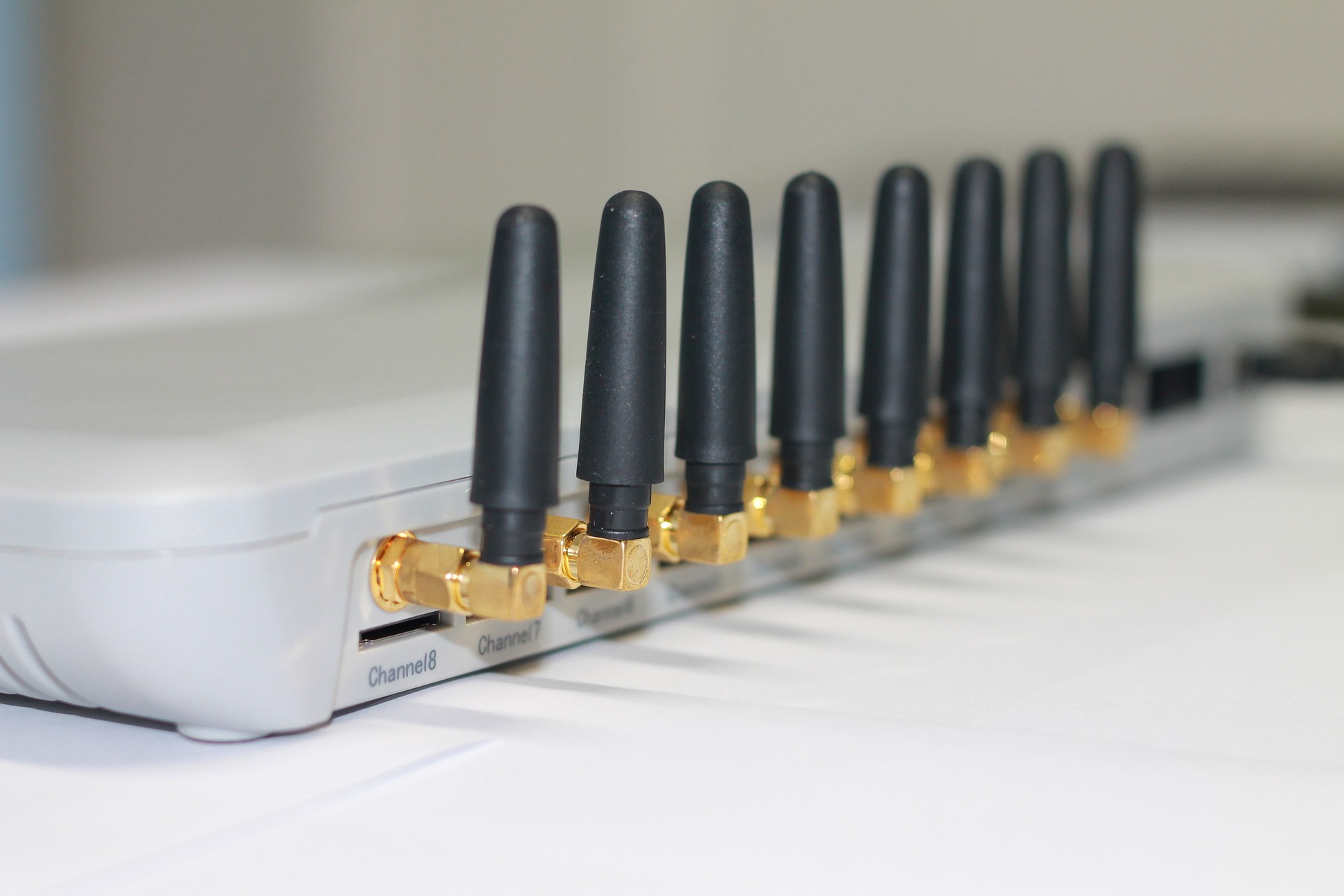Revolutionizing Connectivity: The Rise of Terahertz Communication
In an era where the demand for faster, more reliable wireless communication continues to surge, researchers and tech innovators are turning their attention to an unexplored frontier: terahertz waves. This cutting-edge technology promises to revolutionize connectivity by harnessing frequencies between microwave and infrared radiation, potentially unlocking unprecedented data transfer speeds and opening new avenues for wireless communication.

One of the most compelling features of terahertz waves is their potential for ultra-high-speed data transmission. Theoretical calculations suggest that terahertz communication systems could achieve data rates of up to several terabits per second, far surpassing current wireless technologies. This immense capacity stems from the high frequencies of terahertz waves, which allow for broader bandwidth and, consequently, faster data transfer.
Moreover, terahertz waves offer improved security compared to lower-frequency technologies. Their short wavelengths make them highly directional and less prone to interference, reducing the risk of eavesdropping and unauthorized access. This characteristic is particularly valuable in an age where data privacy and security are paramount concerns.
Historical Context and Technological Developments
The concept of utilizing terahertz waves for communication is not entirely new. Scientists have been aware of this portion of the electromagnetic spectrum for decades. However, the practical application of terahertz technology has been hindered by significant technical challenges, primarily related to generating and detecting terahertz waves efficiently.
Early attempts to work with terahertz frequencies were largely confined to laboratory settings, using bulky and expensive equipment. The lack of compact, room-temperature terahertz sources and detectors posed a major obstacle to real-world applications. As a result, this region of the spectrum was often referred to as the “terahertz gap.”
Recent years have seen remarkable progress in overcoming these hurdles. Advancements in semiconductor technology, photonics, and nanotechnology have paved the way for more efficient terahertz wave generation and detection. Researchers have developed novel materials and devices capable of operating in the terahertz range, including quantum cascade lasers, photoconductive antennas, and graphene-based detectors.
These technological breakthroughs have not only made terahertz communication more feasible but have also sparked interest from both academia and industry. Major tech companies and telecommunications firms are now investing in terahertz research, recognizing its potential to address the growing demand for high-speed, high-capacity wireless networks.
Current Industry Trends and Regulatory Landscape
As terahertz communication technology matures, it is garnering increasing attention from industry players and regulatory bodies alike. The telecommunications sector is particularly interested in the technology’s potential to alleviate spectrum congestion and meet the ever-increasing demand for data-intensive applications.
Several leading tech companies have already begun exploring terahertz communication for various applications. For instance, some are investigating its use in ultra-high-speed wireless links for data centers, while others are considering its potential for next-generation mobile networks beyond 5G.
On the regulatory front, governments and international bodies are taking steps to accommodate terahertz technology within existing frameworks. The International Telecommunication Union (ITU) has started discussions on allocating spectrum for terahertz communication, recognizing the need to prepare for future deployment of this technology.
However, the regulatory landscape for terahertz communication remains in its infancy. As the technology progresses, policymakers will need to address various challenges, including spectrum allocation, interference management, and safety standards. Striking a balance between fostering innovation and ensuring responsible deployment will be crucial for the successful integration of terahertz communication into existing telecommunications infrastructure.
Challenges and Practical Applications
While the potential of terahertz communication is immense, several challenges must be overcome before widespread adoption becomes feasible. One of the primary obstacles is the limited range of terahertz waves. Due to their high frequencies, these waves are more susceptible to atmospheric absorption and scattering, resulting in significant signal attenuation over long distances.
To address this issue, researchers are exploring various solutions, such as beamforming techniques and intelligent reflecting surfaces. These approaches aim to extend the range of terahertz communication systems and improve their reliability in real-world environments.
Another challenge lies in developing cost-effective, compact terahertz devices suitable for consumer applications. While progress has been made in this area, further advancements are needed to make terahertz technology commercially viable for widespread use.
Despite these challenges, terahertz communication holds promise for numerous practical applications. Some potential use cases include:
-
Ultra-high-speed wireless links for data centers and enterprise networks
-
Short-range, high-capacity communication for virtual and augmented reality systems
-
Secure, high-bandwidth communication for military and defense applications
-
Wireless backhaul for future cellular networks
-
High-resolution imaging and sensing for medical and security applications
As research continues and technology evolves, we can expect to see even more innovative applications emerge, potentially reshaping the landscape of wireless communication.
The Future of Terahertz Communication
Looking ahead, the future of terahertz communication appears bright, albeit with some hurdles to overcome. As researchers continue to push the boundaries of what’s possible with terahertz technology, we can anticipate significant advancements in areas such as device miniaturization, energy efficiency, and signal processing techniques.
The integration of terahertz communication with other emerging technologies, such as artificial intelligence and advanced materials, could lead to groundbreaking innovations in wireless connectivity. For instance, AI-powered adaptive beamforming could help overcome the range limitations of terahertz waves, while novel metamaterials could enable more efficient terahertz wave manipulation.
As the technology matures, we may see terahertz communication playing a crucial role in future wireless ecosystems, complementing existing technologies like 5G and Wi-Fi. Its unique characteristics make it particularly well-suited for specific use cases that demand ultra-high-speed, short-range, and secure communication.
However, it’s important to note that terahertz communication is not likely to replace current wireless technologies entirely. Instead, it will likely coexist with other communication systems, each serving specific needs and applications.
In conclusion, terahertz communication represents an exciting frontier in the world of wireless connectivity. While challenges remain, the potential benefits of this technology are too significant to ignore. As research progresses and regulatory frameworks evolve, we can expect terahertz communication to play an increasingly important role in shaping the future of telecommunications, offering unprecedented speeds, capacity, and security for next-generation wireless networks.




